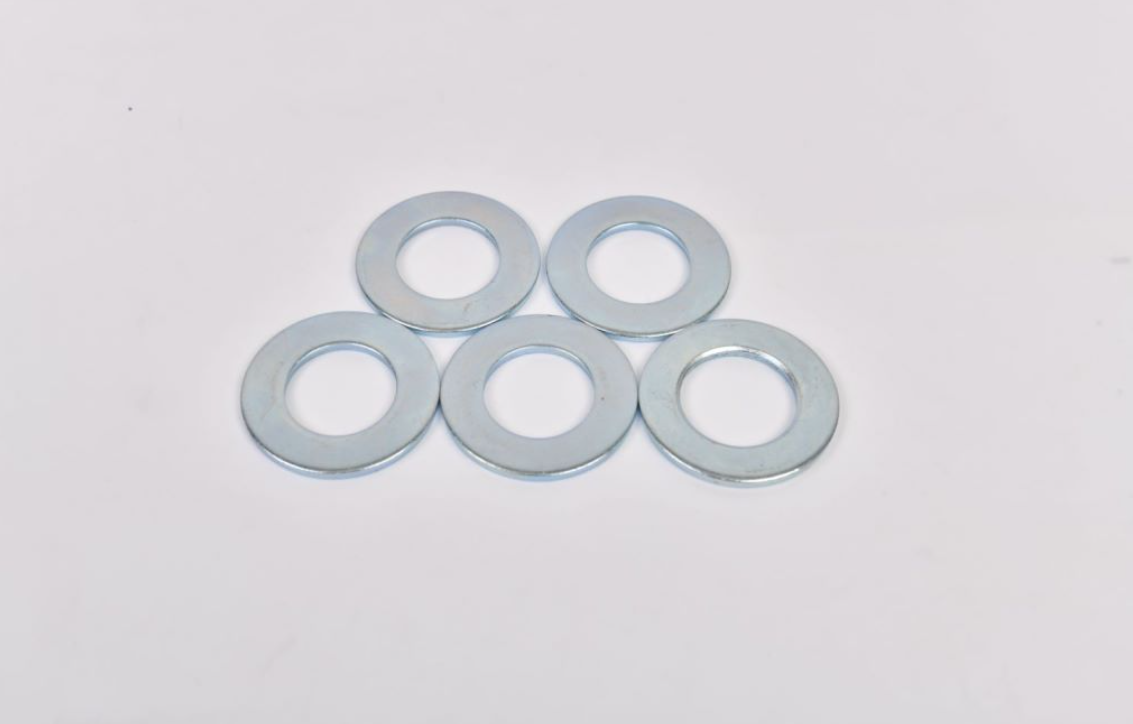flat washer or spring washer first quotes
When it comes to fastening technologies, the choice between flat washers and spring washers plays a critical role in ensuring the integrity and performance of mechanical assemblies. Flat washers and spring washers are essential components used to distribute load, prevent loosening, and protect surfaces in a variety of applications. Understanding the key characteristics and appropriate applications of each type can significantly enhance the effectiveness and durability of your projects.
Flat washers, typically made from materials such as steel, brass, or plastic, are used to create a smoother surface for a bolt or screw head, preventing damage to the surrounding material. They are often used in situations where load distribution is a priority, as they effectively spread the force exerted by the fastener over a larger surface area. This can be especially important in applications with softer materials that might deform under pressure. Moreover, flat washers serve to prevent corrosion by creating a barrier between metals, especially in environments that might lead to galvanic reactions, thus extending the longevity of the assembly.
On the other hand, spring washers, such as split lock washers and wave washers, are designed to provide additional tension and resistance to loosening. They are utilized in applications where vibrations or dynamic loads may cause fasteners to loosen over time. The unique shape of spring washers allows them to absorb and dissipate energy, which is crucial in machinery or automotive applications where movement is inherent. When a bolt or screw is tightened against a spring washer, the elasticity of the washer creates a gripping effect that maintains clamping force and prevents the assembly from coming apart.
flat washer or spring washer first quotes

Determining whether to use a flat washer or a spring washer often depends on the specific requirements of the application at hand. For static load applications where stability and surface protection are paramount, flat washers are generally the preferred choice. Conversely, in high-vibration environments or dynamic applications, spring washers offer the necessary features to maintain joint integrity.
It is not uncommon to see both types of washers used in a single assembly. In such cases, a flat washer might be employed to provide a smooth bearing surface, while a spring washer could be included to ensure that the joint remains secure despite external forces. This combination can enhance reliability and performance, especially in critical applications where failure is not an option.
In conclusion, understanding the distinct roles of flat washers and spring washers is vital for anyone involved in mechanical design and assembly. Each type offers unique advantages that cater to different aspects of fastening and stability. By carefully considering the application requirements and choosing the appropriate washer, engineers and technicians can ensure the longevity and reliability of their assemblies, ultimately leading to better performance and reduced maintenance costs. Whether you opt for a flat washer, a spring washer, or both, the right choices will make all the difference in your mechanical endeavors.
-
Top Choices for Plasterboard FixingNewsDec.26,2024
-
The Versatility of Specialty WashersNewsDec.26,2024
-
Secure Your ProjectsNewsDec.26,2024
-
Essential Screws for Chipboard Flooring ProjectsNewsDec.26,2024
-
Choosing the Right Drywall ScrewsNewsDec.26,2024
-
Black Phosphate Screws for Superior PerformanceNewsDec.26,2024
-
The Versatile Choice of Nylon Flat Washers for Your NeedsNewsDec.18,2024










